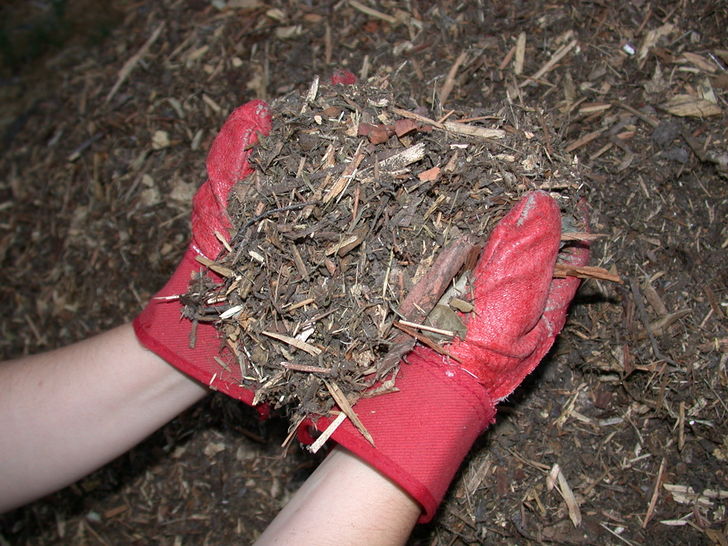5 Tips Every Good Gardener Needs To Know
New gardening techniques, tips, products, tools, and equipment are introduced on a regular basis. Although many of these have been proven to be effective, you can be sure that you will have a healthy, lush lawn by knowing and applying the basic yet most helpful gardening tips and tricks.

Here are five simple and effective tricks and tips every good gardener needs to know about:
- Make sure your soil is conducive for growing plants.For your plants to grow and thrive, your soil must have the right pH level and the right amount
 and quality of micro-nutrients. You can use a soil testing kit which you can buy at gardening stores to do this, or send it to a company that offers this service. If you are already certain that you have the ideal soil, you can help make it even more nutrient-rich and “friendlier” by adding compost, manure or dried peat moss. Keep in mind that amended soil is lighter, drains well, allows roots to establish themselves quicker, and makes for easy weeding.
and quality of micro-nutrients. You can use a soil testing kit which you can buy at gardening stores to do this, or send it to a company that offers this service. If you are already certain that you have the ideal soil, you can help make it even more nutrient-rich and “friendlier” by adding compost, manure or dried peat moss. Keep in mind that amended soil is lighter, drains well, allows roots to establish themselves quicker, and makes for easy weeding.- Water deeply and in the morning.By watering deeply, you ensure that the plants’ deep roots get enough water which they need for healthy growth. Also, always water your plants in the morning to avoid quick water loss from evaporation. In addition, when you water early in the morning, you ensure that the plant’s leaves dry up before evening, which helps restrict the development of fungus and mealybugs.

- Control the weeds.Cudweed, dandelion, clover, and creeping oxalis are some of the most common invasive weeds you can find in New Zealand. To prevent any of these weeds from invading your garden, whenever you see one, pull it out from the moist soil so that you can be sure you remove the whole plant, including its roots. If you already have a weed invasion, cover the weeds with black plastic, tarpaulin, or newspapers for at least 15 days so that they don’t get any sun light and eventually die.
- Prune regularly.Trimming a plant makes it healthier and controllable. In addition, you can give it the shape you want. You don’t have to use a motor-powered tool every time you trim; removing a few centimetres off the plant, which is called pinch pruning, can do wonders for your plants.

- Keep your garden pest-free.Lastly, although small, caterpillar worms, beetles, slugs, and aphids can easily and quickly destroy your precious plants. Some simple DIY pest control tips include placing saucers of beer around as bait for slugs and snails and applying crushed tomato leaf or garlic spray on stems and leaves to control aphids.

Whether you’re a beginner or already a pro at gardening, sticking to tried-and-tested techniques and tips and trying new proven effective hacks and tricks can help you get the healthy, lush garden you’ve always wanted.
For all of your gardening requirements, call Jim’s Mowing on 0800 454 654 or Book Online for your free, no-obligation quote today!


 und June or July although in cooler regions, it may be more like August. Don’t be concerned if you still have a few roses flowering when it is time to prune. A few flowers are an acceptable sacrifice to ensure a good performance next year.
und June or July although in cooler regions, it may be more like August. Don’t be concerned if you still have a few roses flowering when it is time to prune. A few flowers are an acceptable sacrifice to ensure a good performance next year.




 Homeowners who engage in gardening can keep plants healthy through mulching. However, it’s best not to wait for summer to get started.
Homeowners who engage in gardening can keep plants healthy through mulching. However, it’s best not to wait for summer to get started. Inorganic Mulch
Inorganic Mulch
 Mulching is an essential practice in gardening or agriculture. Here, organic materials such as hay, straw, leaves, sawdust, well-rotted manure, or other soft substances are used to cover the ground for the purpose of retaining soil moisture and protecting plant roots from excessive heat or cold. Other materials that may be used as mulches include weed-free lawn or hedge clippings, pulverised peat moss, buckwheat hulls, and wood chips.
Mulching is an essential practice in gardening or agriculture. Here, organic materials such as hay, straw, leaves, sawdust, well-rotted manure, or other soft substances are used to cover the ground for the purpose of retaining soil moisture and protecting plant roots from excessive heat or cold. Other materials that may be used as mulches include weed-free lawn or hedge clippings, pulverised peat moss, buckwheat hulls, and wood chips.
 Plants need all the right nutrients they can get to grow well and flourish. Although the soil provides them most of these, there are other ways that you can help them to thrive better. One of these ways is through mulching.
Plants need all the right nutrients they can get to grow well and flourish. Although the soil provides them most of these, there are other ways that you can help them to thrive better. One of these ways is through mulching.



